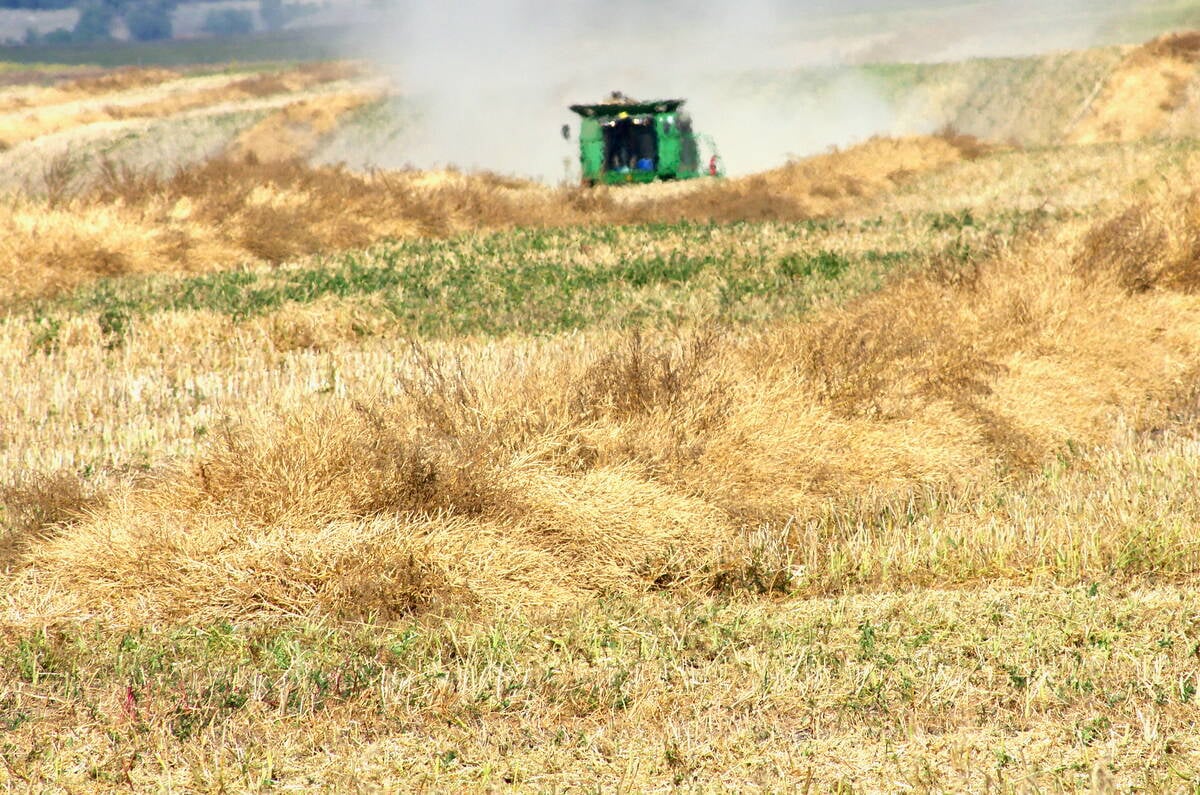Canadian mining companies are coming to realize that economic development in the rural communities near their exploration and ex-traction sites is part of the job.
Not only is conflict avoided, but mutually beneficial relationships are also possible, say Monica Ospina of O Trade in Toronto.
“The industry didn’t used to think like this. Now they’re beginning to realize they need to work with communities in the right way,” Ospina said. “Some companies think charity is enough, but charity is not the solution. People want to own their own lives.”
Read Also

Manitoba searches for Plan B on canola oil exports
A new report explores Manitoba’s current canola oil trade and possible alternative markets to the U.S.
O Trade is a consulting company that focuses on socio-economic issues. Most of its efforts have been in Latin America, but it has done work in Canada.
Mines are often located in remote locations, said Fabiano Poester, also of O Trade. Nearby communities in developing nations are typically agricultural-based, and the most pressing concern among residents relates to long-term sustainability.
“About 90 percent of the time it’s about the water. They ask, ‘is the water going to be lost? Is the water going to be contaminated?’ ”
The company is currently working with two communities in the Mexican state of Durango, even though the development of an actual mine may be three to four years away.
The communities are located in a valley, and the proposed mine site is on a small mountain overlooking them. The mountain supplies farmers with water, which means protecting the resource is a priority for them.
Ospina said the mining company has taken this into account when designing the mine.
Communities can also be supported by investing in drip irrigation, improved soil management, skills training, greater agricultural diversity and value-added enterprises.
There’s also an opportunity to train workers for mining jobs, although Poester said that aspect of development shouldn’t be overstated. Typical mines might employ 200 to 300 workers, and not all positions can be filled by locals.
The greater opportunity may be the development of existing resources such as agriculture to support the mining operation.
One example was O Trade’s work to organize women in an Ecuadorian community to provide catering services. They were trained in safe food handling and provided with other support, while area farmers obtained a new market.
Planning and long-term vision can help development initiatives continue providing community benefits even after mines are closed.
Poester said most countries have rules in place to protect communities, although enforcement varies.
As well, businesses are beginning to recognize that there’s a link between sustainable development and corporate success. Poester said some stock markets have what’s known as a sustainability index.
“It’s proven by the numbers that if companies have a good sustainability index, they have a better track record for profits. It’s a form of economic pressure to do the right thing.”














